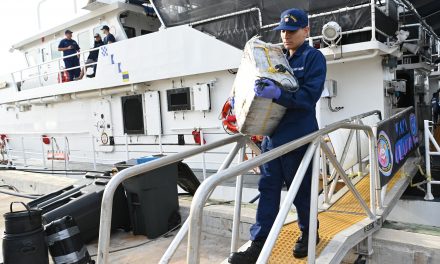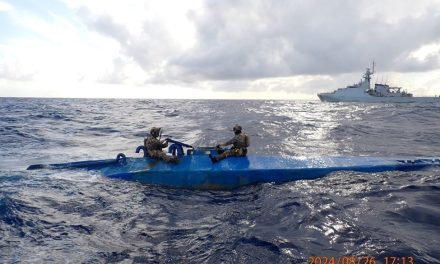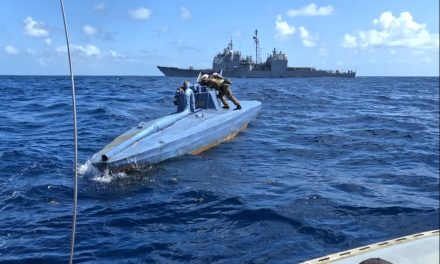The U.S. Coast Guard is in deep trouble with its biggest shipbuilding program, and a new Government Accountability Office report just exposed how bad things have gotten.
After years of work and billions of dollars spent, not one Offshore Patrol Cutter has been delivered. Not one. The price tag has jumped to $17.6 billion, and the ships meant to replace the Coast Guard’s aging cutters are still stuck on the shipyard floor.
How did it get this bad?
Simple: the Coast Guard let the builders start hammering steel before the designs were even finished. That’s Shipbuilding Mistake #1, and everything that followed was predictable.
Stage 1: Eastern Shipbuilding Implodes
Eastern Shipbuilding Group in Florida was supposed to build the first four cutters.
Instead:
-
They started building with unfinished blueprints.
-
They had to tear out and redo work.
-
The schedule collapsed.
-
Costs exploded.
The first cutter, OPC 1, was supposed to be delivered in 2023.
Now the earliest delivery is late 2026 — more than five years late.
The Coast Guard was so fed up that it cut Eastern’s contract in half in 2025. Eastern then announced this month they were suspending work on the two remaining cutters, claiming “severe financial strain.”
Call it what it is: The contractor was drowning, and the Coast Guard handed it more weight.
Stage 2: Austal USA Repeats the Same Mistake
You’d think the Coast Guard would have learned its lesson.
Nope.
GAO found that Austal USA — the builder for cutters 5 through 15 — started construction on OPC 5 last year with an unstable design too. The same exact mistake.
GAO’s warning is clear: if they don’t fix the design now, the second batch of cutters will slam into the same wall as the first batch.
And to make matters worse, GAO says Austal’s cost-tracking is so weak that the Coast Guard may have no idea how much the ships actually cost until it’s too late.
The Money Is a Mess
The program was originally expected to cost $12.5 billion.
That number has now ballooned to $17.6 billion, and the GAO says it may get worse.
Why?
The Coast Guard used outdated cost estimates, meaning the whole budget was based on wishful thinking.
Stage 3: Buying Ships Before Knowing If They Work
This might be the most reckless part.
The Coast Guard plans to start ordering cutters 16 through 25 before any of the earlier ships have even been tested at sea. That means the service could end up buying more ships without knowing whether the design even works in the real world.
GAO practically begged the Coast Guard to slow down and test the ships before ordering more. DHS agreed to only half of their recommendations.
Half.
The other half? Ignored.
The Coast Guard Needs These Ships — Badly
The old cutters these ships are meant to replace are falling apart. They’re the backbone of drug interdictions, migrant rescues, and long-range patrols. Some of them are older than the crews sailing them.
But right now, the Coast Guard has a $17.6 billion program in the red, two shipbuilders in trouble, and zero cutters delivered.
Eastern’s Curious Side Gig
Despite all this chaos, Eastern Shipbuilding somehow landed a $714 million contract this summer to build hybrid-electric ferries.
That’s great for ferries.
But it raises an obvious question:
If they can’t deliver the Coast Guard’s cutters, how are they landing new jobs?
Austal Holds a $3.3 Billion Contract — and the Clock Is Ticking
Austal USA is now holding the bag for the next 11 cutters, with a $3.3 billion contract. They plan to lay the first keel in December.
But unless they fix the design first, they’re heading for the same cliff Eastern went over.
GAO’s message couldn’t be clearer:
Stop. Finish the design. Then build the ship.
Bottom Line
This is every shipbuilding failure rolled into one long, expensive lesson:
-
They built before designing.
-
They spent before planning.
-
They skipped testing before ordering more ships.
-
And now a $17 billion program is years late, wildly over budget, and delivering nothing.
“If you can’t build a cutter on time and on budget, you’re not building a cutter — you’re building a disaster.”
And right now, the Coast Guard is stuck with one hell of a disaster.







